A Consultant's Guide to Office Pants
/Consultants come in every shape, size, and industry, and whether your focus is in cybersecurity, strategic management, logistics, or actuarial, everyone has to wear pants to work. But what kind of pants? What is too casual, or even too formal? What is appropriate for client site vs home office? The answers to these questions are largely based on your individual firm’s policies, and branding, but for the most part, things are pretty similar across the board. To make things easier, we have broken out our top picks for pants based on the dress code of your office, or client.
That being said, as someone who consulted for 5.5 years, I encourage you to overdress for at least your first two days at a new location. Whether it’s your first week at a new job, or your first site visit to a client, in my experience, overachieving in terms of formality is much easier to come back from than underdressing and giving off the impression you don’t care. Below you’ll find various dress codes and suggestions for each to make sure you look the part.
Business Formal
Business formal is typically reserved for large law firms, prestigious consulting firms, pretentious I-bank managers and for big meetings in the Fortune 100. However, with the influx of millennials in the workplace, this dress code is becoming more and more uncommon. In any case, stick with a full suit and tie. Here are some options:
Business Semi-formal
Business semi-formal is where you find most of the nicer or more prototypical management consulting firms, and should be worn to most client meetings, especially if it’s your first time at client (unless otherwise directed by management). This dress code still sits in the suit realm, or at the very least in the slacks and jacket arena. A tie here is optional. Either way, keep the cotton in the closet for these places of business/situations and stick with a solid wool, tweed or a wool blend, as these materials tend to have a more formal appearance and drape. Here are some go-to’s:
Business Casual
Business casual is what you’d expect to see in most corporate environments. Business casual is also the most wide-ranging dress code, which gives you a lot of options. You can rock wool, tweed, cotton, or a blend. No jacket is required for these environments, and neither is a tie. Just some nicer pants, a button-down shirt, and dress shoes. Here are some things you can get away with in business casual:
Smart Casual
This dress code has been popping up a more lately in recent years, usually for more casual weddings or dress rehearsal dinners, but you can also find it in an office. This dress code is basically: wear what you would wear on a night out when you go to a nice restaurant. A less rigid button-down is okay, polos are good, so are deconstructed jackets, and you can wear all the cotton you want! Here are some of our top picks:
Casual:
Holy jeans batman! You’ll find casual dress at most tech start-ups (and some old tech giants like AOL), forward-leaning news agencies, new-age marketing firms, etc. This is where jeans and a t-shirt reign supreme. Casual is your typical everyday wear, however, if you are heading into the office, try to make sure your clothes are at least clean and free of rips, tears, and holes (that aren’t supposed to be there). I recommend as a consultant on client-site you stick with smart casual at the vary least, they’re paying you (likely quite a bit) so dressing to a slightly higher standard is the least you can do. Here are some fashionable casual pants appropriate for the office:
Super Casual
These are the super small tech companies that received outside investment but are essentially still working in the garage. This is the wild west. Adapt, blend in, and try not to steal anyone flaming hot Cheetos.

























